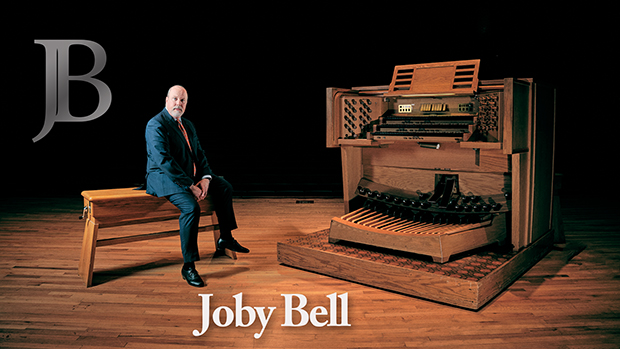The perfect console, part 1
 Tuesday, November 23, 2010 at 10:09AM
Tuesday, November 23, 2010 at 10:09AM Those of us who play lots of consoles become console snobs, whether we mean to or not. On the other hand, WHY, OH WHY do some builders continue to do things on consoles that just aren't useful?? And in that same vein, why, oh why do churches and builders allow the incumbent organist to design a dream console (or dream instrument, for that matter) that the next organist won't appreciate as much or be able to use as well? One of these days, I'm going to dress up as Martin Luther and tack the following 25 theses to the doors of many organ builders:
1. General piston toe studs must match thumb layout. It is completely illogical to arrange those in different configurations or to have a different number of studs than thumbs. It is much more efficient to hit the “third piston on the top” with thumb or toe than it is to hunt for the correct number among two different configurations.
2. Five or so Generals on the right-hand side would be nice. They must be duplicated on toe studs, too, and also on the right-hand side – see above.
3. Memory level up/down controls needs to be on thumb pistons WITHIN REACH. It’s nice to have them on toe studs, as well.
4. Piston sequencers for the page turner need to be on both sides of the console and completely out of the organist’s way.
5. Thumb pistons should be round, not square. There is no such thing as a square thumb. And thumb pistons should have a diameter greater than that of a shirt button.
6. Ventils on electric consoles are absolutely useless and are usually laughably, distantly located.
7. LCD readouts are too slow to change and too hard to read at an angle.
8. Box position gauges are nice, so long as they are accurate.
9. Make sub-couplers create a real lower octave by wiring the appropriate stops to lower-pitched stops already installed. 8-foots could descend into 16; 4-foots could descend into 8', etc. [EDIT: see this post for more on this concept.]
10. Make standard: I/II transfer, piston sequencer, detachable cables for movable consoles.
11. See No. 1 again, just to refresh your memory.
12. Pedalboard and music rack lights should come on with the blower, but they should also have manual switches to achieve darkness during Holy Week services.
13. Manual keys, pedals, and expression shoes need to be weighted, not merely stiff. And none of them should ever be hair-triggery. And the weighted-ness of all these needs to be about the same. It is silly to have feather-light keys and pedals, only to have to throw hips out of joint to move an expression shoe.
14. Expression shoes should be located BEHIND pedal sharps, along the natural arc that the knee joint creates. It is absolutely ludicrous to have to twist one's leg sideways to get a foot up onto an expression shoe.
15. If there is only one expression shoe, it should be located in the center, not right of center. The right foot is not the only foot that is often required to move the box. [EDIT: see this post for more.]
16. Boxes should have movement across the entire range of motion of expression shoes.
17. Allow some extra play in the Crescendo shoe before the first stage engages. Better for the shoe to have some “forgiveness” built in when it is accidentally grazed in performance.
18. Organists need spacious key cheeks to hang onto for dear life during pedal solos. Let’s not install drawknobs too close to the cheeks.
19. Install no locks requiring keys. Keychains will swing while hanging from a lock and scratch whatever they’re rubbing against.
20. Pencil troughs are nice to have below the coupler rail, above the top manual.
21. Every bench is too tall for some short person. And every bench is too short for some tall person. Solution: make it really short, and provide a crank AND bench blocks. If the crank doesn’t crank it up far enough, add the blocks. If the crank doesn’t lower it enough, remove the blocks.
22. AGO Standard is nice, but there is no such thing as an AGO standard body.
23. Low C and high G of the pedalboard must be unimpeded by stud mounts or console frame construction. It is not encouraging to go for low C with authority, only to hit General 26 or the console frame instead.
24. Include a large plate glass on top of the console cabinet. You’ll need it to protect the console from the inevitable choir folder, Kleenex box, Coke can, and CCTV equipment.
25. See No. 1 one more time, just to be sure.
In closing, see No. 1.
 Joby Bell | tagged
Joby Bell | tagged  The perfect console
The perfect console 